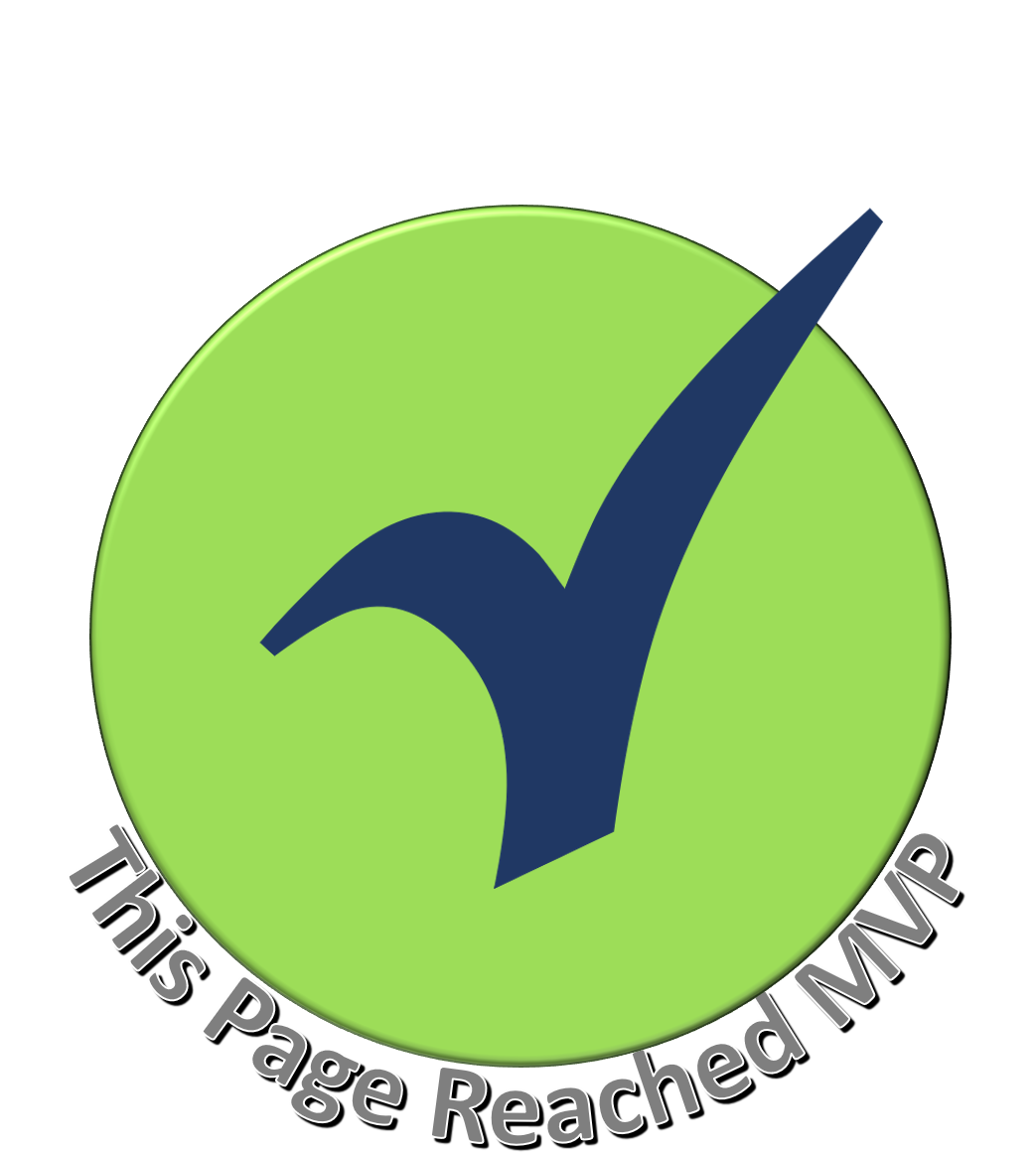What Is: Scaling Scrum
Scaling scrum is currently the easiest way to separate companies from their budgets, in the name of Agility. I’m only partly joking here. There are too many charlatans out there that claim to be able to help companies scale Scrum, or scale Agility – when all they are qualified to do is barely act as a Scrum Master.
I’m not joking here. Scrum Masters who meet with success early, or freedom misinterpretted with success, often believe that anything they do will translate to organizational success. Don’t believe me? Ask one of these people what actions they’ve gotten C-Level buy-in to implement, based on potential ROI gathered from demonstrated performance in other areas of their company. Ask them how Agility scales beyone the Team and Program levels (“draw me a diagram/map”), and how do the executive feel about this change? And these are the EASY questions.
Scaling Agility is by far one of the trickiest things many organizations will attempt. Often they engage in it based on promises given by people with no hard data.
I’m definitely not the person to be educating others on Scaling Agility. Please talk to the experts. Go to Craig Larman and Bas Vodde. They created Large Scale Scrum (LeSS), and wrote 3 books on the subject. Those books are pure gold for future scaling enthusiasts. Read them.
What to look out for (since you are likely to get tricked into using a scaling method other than LeSS) is anything prescriptive. If what you are trying to scale is Scrum, then your scaling efforts should reflect Scrum at all levels. If what you are trying to scale is Kanban (or anything else, really), then your scaling efforts at levels above team should reflect what you are scaling. Hopefully whatever you are scaling (in the name of Agility) is not prescriptive to begin with (nothing in Agile is).

